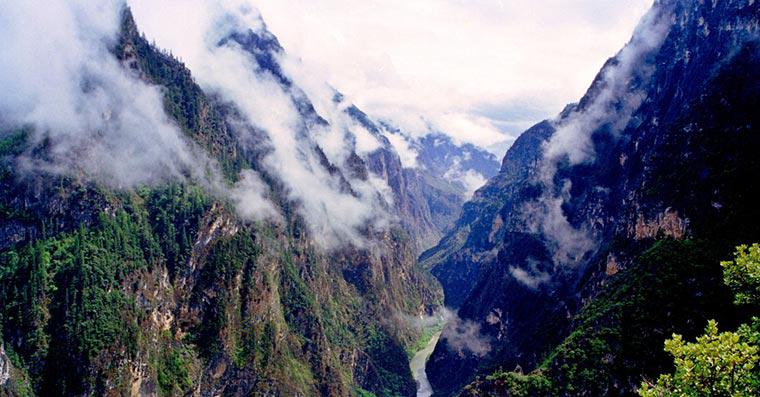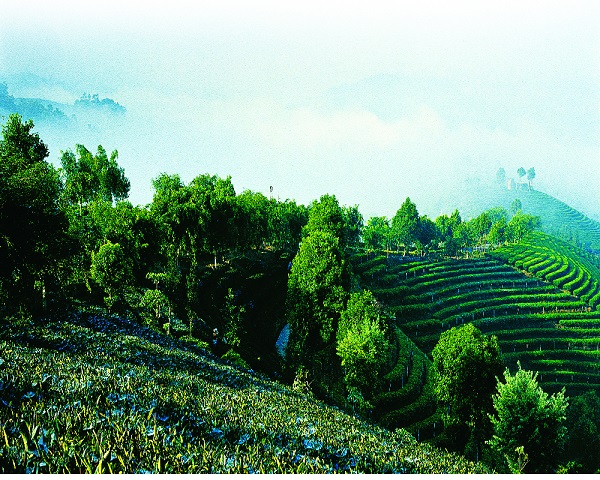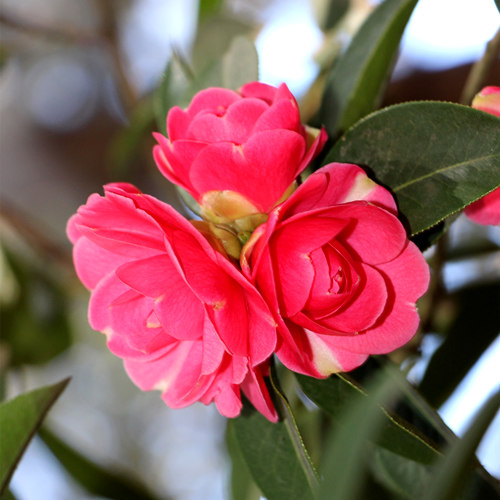
Detailed Introduction to Guangnan County of Wenshan Prefecture
Overview
Guangnan County lies at the southeastern tip of Wenshan Prefecture, bordering Xilin County (Guangxi) to the north, Funing County (Yunnan) to the east, Malipo and Xichou counties to the south, and Yanshan and Qiubei counties to the west. Its county seat is Liancheng Town (莲城镇), which in ancient times served as the capital of the Gouding Kingdom (111 BC–316 AD)
Area: 7,983 km²
Population (2020): 771,948
County Seat: Liancheng (莲城镇)
Geography & Climate
Topography: A transition zone from the Yunnan–Guangxi karst plateau into subtropical river valleys, featuring limestone hills, terraced fields, and the winding Babao (八宝) River.
Climate: Warm humid subtropical (Köppen Cwa) with modest seasonal variation.
Annual mean temperature: 17.4 °C
Warmest month: July (avg. 23.2 °C)
Coolest month: January (avg. 9.1 °C)
Annual rainfall: ~1,016 mm (May–September accounts for ~75%)
Administrative Divisions
Guangnan administers 7 towns—including Nasa (那洒镇), Zhulin (珠琳镇), Bamei (坝美镇)—and 11 townships such as Zhuanjiao (篆角乡), Wuzhu (五珠乡), Zhetu (者兔乡), and Diwei (底圩乡)
Ethnic Composition
A true multi‑ethnic mosaic, with Han and Zhuang each comprising about 40% of the population, and other groups including Miao, Yao, Yi (Pu and Luo branches), Gelao, Hui, Mongol, and others. In total, over 20 distinct ethnic subgroups coexist, preserving a rich tapestry of languages, customs, and rituals
Economy & Agriculture
Staple Crops: Upland rice and corn; valley tobacco, tea, and vegetables.
Baobao Rice: Centered in Baobao Town (八宝镇), famous for its golden autumn fields along the Baobao River, now branded through the World Rice Culture Tourism Festival
Aquaculture: Carp and shrimp farming in plateau lakes and reservoirs.
Light Industry: Tea processing, bamboo handicrafts, and border‑trade related services.
Key Attractions
Baobao Town & Rice Terraces
“Peach Blossom Land” of Guangnan, where rolling karst‑backed rice terraces turn golden in autumn, reflected in the Baobao River
Sanla Waterfall & Babu Scenic Area
Near Bamei Town (坝美镇), the multi‑tiered Sanla Waterfall and the broader Babu River Gorge—free, family‑friendly sites with caves, rapids, and karst formations
Guangnan Minorities Museum
Showcases Neolithic to Qing‑dynasty artifacts, plus exhibits on local ethnic cultures and the ancient Gouding Kingdom.
Ancient Bridges & Rock Art
Traditional stone wind‑and‑rain bridges in villages like Guima (贵马) and cliff‑carved petroglyphs (“Great King” paintings) in remote hamlets.
Culture & Festivals
Zhuang “Sanyuesan” (三月三) – spring singing contests and boat races.
Miao “Huashan Festival” (花山节) – lantern parades and embroidery shows.
Yao “Panwang Festival” (盘王节) – ancestor worship with boat races.
Yi “Hualian Festival” (花脸节) – painted‑face opera performances.
Traditional crafts include Zhuang brocade, Miao silverwork, and Yi wood carving, regularly featured in county fairs and folk‑culture expos
Transportation
Highway: National Highway 323 and provincial roads link Guangnan to Wenshan City (~3 hrs), Kunming, and neighboring prefectures.
Rail & Air: Nearest rail stop and Wenshan Airport (WNH) are in Wenshan City; ongoing road upgrades are improving county‑wide access
Border Trade: Active cross‑border commerce with Guangxi and proximity to Guizhou facilitate inter‑provincial exchange.
Conclusion
Guangnan County blends ancient history (Gouding Kingdom), living ethnic cultures, and striking karst–rice‑terrace landscapes into a unique frontier county. Whether exploring golden rice fields, experiencing vibrant festivals, or delving into millennia‑old artifacts, visitors find Guangnan a gateway to southeastern Yunnan’s rich heritage and natural beauty.



